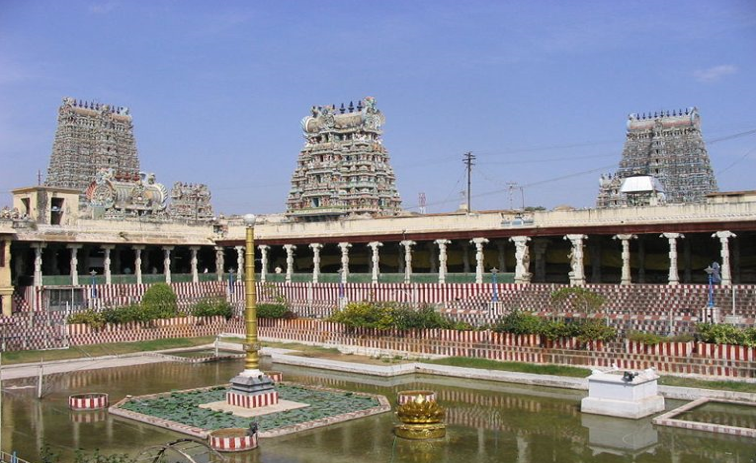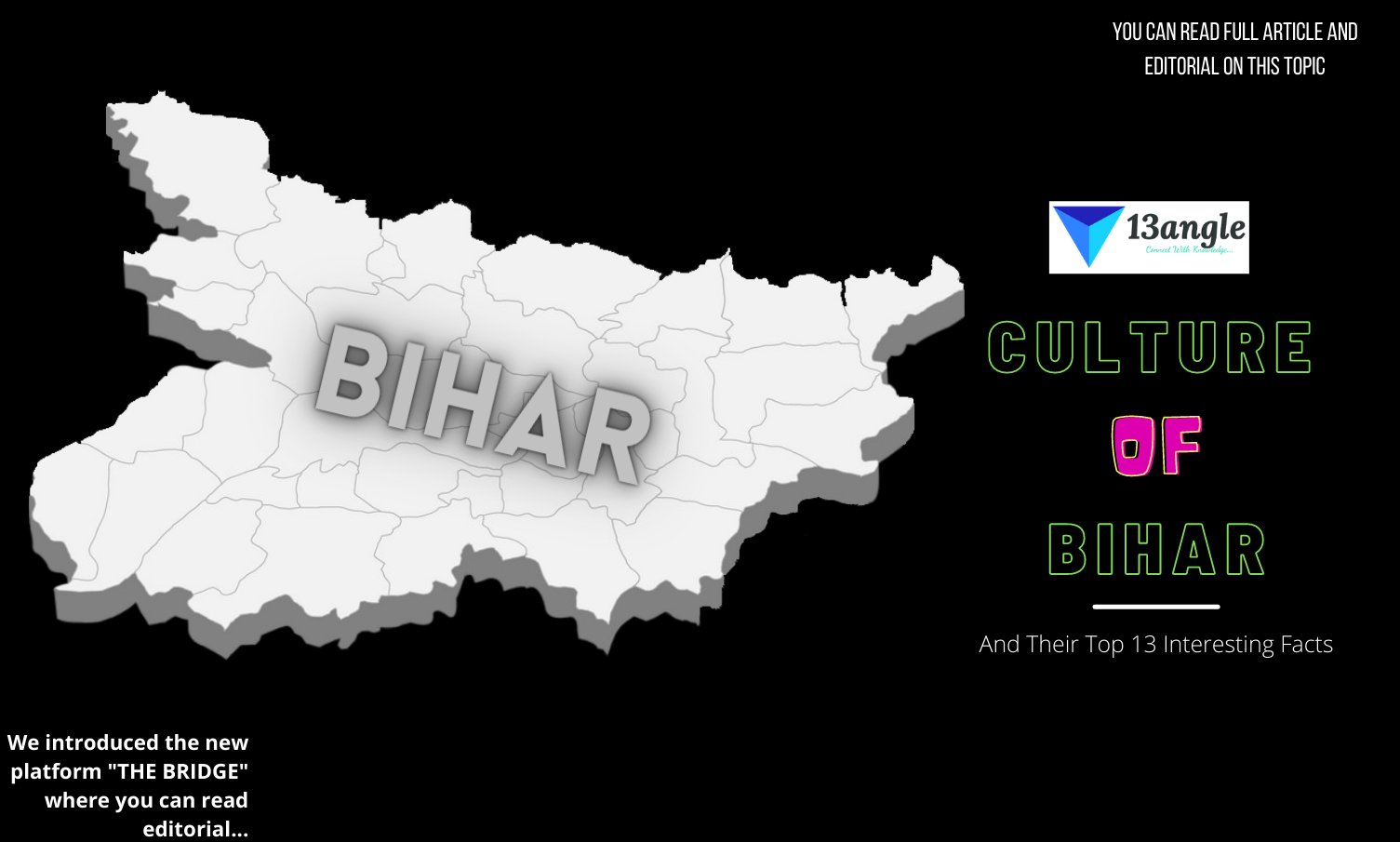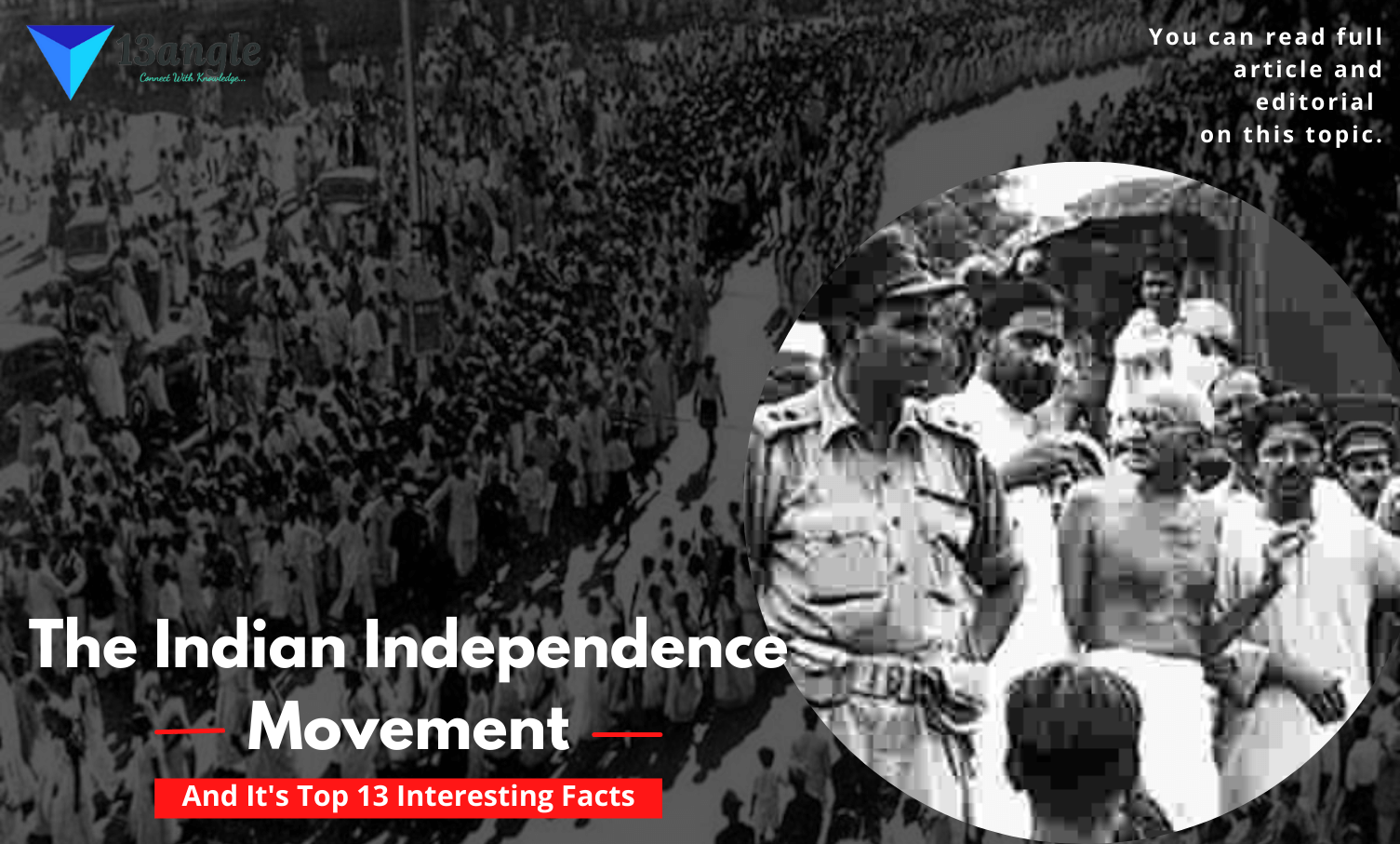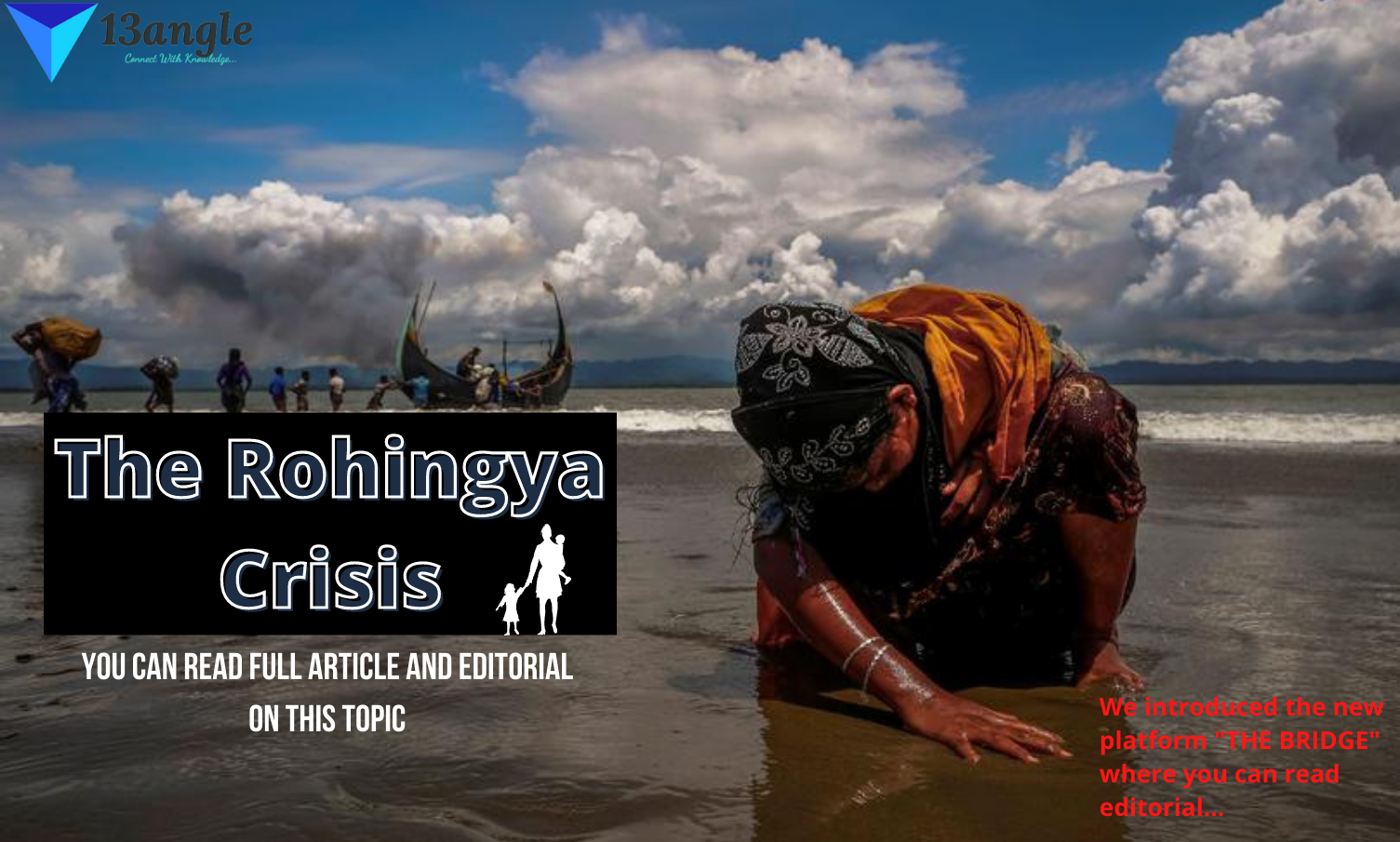
Introduction
- Tamil Nadu is one of the states in India which is highly rich in culture and tradition. This state is one of the oldest in the history books. This state is one of the largest in India which covers 3/4th of the southern tip of the country with its capital The Greater Chennai which is proudly called Sringara Chennai by the natives. The state has a population of 72,147,030 as noted by 2011. The state’s emblem is the Temple tower of Srivalliputhur Sri Aandaal Temple. The state dance is Bharatanatyam, the state mammal is Nilgiris Thar, the state bird is Turtle Dove, the state flower is Fire Lily, the state fruit is Jack fruit, and Mango, The state tree Palmtree, and finally the state game is Kabaddi. As we all have a national anthem Jana Gana Mana, Tamil Nadu has its anthem The Invocation to the Tamil Goddess which is well known as The Tamil Thaai Vazhthu (தமிழ் தாய்வாழ்த்து) which was written by Manonmani Sundaram Pillai and music composed by M.S. Vishwanath. The anthem was issued on 23 November 1970. It was stated that the anthem must be sung at educational institutions and official gatherings and was officially announced as the state anthem on 17 December 2021. As we got to know the w about the state briefly, let us get to know about it in detail. Let us now see the geography of the state.
Geographical Specifications
- Tamil Nadu is the 10tg largest state in India with a circumference of 1,30,058 sq. kilometers. It is located in the Southernmost of the mainland of India. It has a long coastline that runs parallel to the Eastern Ghats. The northern extreme is the Pulicat lake and the southern extreme is Cape Comorin or Kanyakumari.The proximity to the sea makes Tamil Nadu falls on the maritime map of the world which is clear proof of Tamil’s existence even before the Dawn of the Christian Era.
1. Hill Station

The Eastern and the Western Ghats meet in Tamil Nadu which runs along the eastern and the western coasts. Hill stations like Udhagamandalam (Ooty), Kothagiri, Kodaikanal, and Yercaud are some of the chill zones to hang out. The interesting thing about the Western Ghats is there are only two gaps along the long line.
2. Flora

- The forests of the Western Ghats are much denser than the Eastern Ghats. This region receives plentiful rainfall and has a scenic viewthat sweeps one’s heart.It is a plantation of Tea, Coffee, and spices which adds to the view of these hills. The higher reaches of the Eastern Ghats are famous for their fruit orchards, banana, and coffee plantation. This state is a house is3000 species. They are also mixed up into a deciduous forest of the region. A large variety of medicinal plants are found in the hills of Palani and Courtallam. As for Kanyakumari, Rubber is the main plantation. The more exotic sandalwood grows the Jawadhu hills of Vellore district. There are mangrove forests at Pichavaram.
3. Fauna
Being tropical regions Tamil Nadu is a habitat for various species of flora and fauna. Wildlife sanctuaries like Anamalai and Mudumalai include more than 20 varieties such as elephants, tigers, Bison, and a variety of monkeys and deers. The important bird sanctuaries are at the Pulicat Lake and Vedanthangal.
4. Water Resource
- Cauvery is the most important and perennial river of Tamil Nadu. It originates from Coorg of Karnataka and is shared with. Some of the other important rivers are the Vaigai, Pennar, and Tamiraparani. The Coastal region comprises the Coromandal Coast.
History, Culture, And Heritage

1. Settlement

- The history of Tamil Nadu is one of the oldest and dates thousands of years back. The archeologists point out that one of the longest continuous habitations in the Indian Peninsula. It is believed that the Dravidians of Tamil belonged to the Indus valley civilization. It is also said that they moved towards the South after the advent of Aryans around 1500 BC. The history of Tamilian settlement dates back to the 4th century BC.
2. Trade Link

Over the period, Tamil people developed trade links with ancient Greece, Egypt, and Rome. The ancient trade links describe the ancient economy of the southern region. The main economic activities of that age were agriculture, weaving, pearl fishery, handworks, and construction.
Paddy was the most important crop. It is the main staple of the southern part and was also mostly exported. Pepper, millets, grams, and sugarcane were other important crops that were highly exported during those days.
Madurai and Urayur were the two important textile exports industries. Korkai was the center of Pearl Harbor. Trading was through barter system during the preceding years in busy marketplaces merchant associations and commercial lending institutions. The merchant of the Tamil society was briskly involved in overseas trade with Rome. The trade reached to peak after the discovery of a direct route to Egypt with the advantage of the monsoon winds.
Pepper, pearl, ivory, textile, and gold ornaments were the main exports from Tamil Nadu and the main imports were luxury goods like glass, coral, wine, and topaz. Foreign trade brought in a large amount of internationally convertible Roman Currencies.
3. Political History
- Due to geographic and strategic location, Tamil Nadu was the bone of Contention of political supremacy among different empires. Before the Christian era began, Tamil Nadu was ruled by the Cheras, Cholas, and Pandiyas. The dominion of these three reigns kept changing over centuries. Later on, many other dynasties Pallavas and Chalukyas took over and ruled Tamil Nadu these dynasties were highly engaged in political activities to retain supremacy.
4. Cultural Heritage
The culture, tradition, and heritage of this state have developed over 2000 years ago and continue to flourish. This cultural heritage through the reign of dynasties that riled during various phases of history. Most of the kings gave patronage for Art and Culture that resulted in the development and evolution of a unique Dravidian culture that Tamil Nadu symbolizes today.
Under the Pallavan, Cholan, and the Pandiyan king, there was tremendous growth in the field of art, architecture, and literature, which reached great heights. The history of Tamil languages can be traced back to the age of Tolkapiyam, the Tamil Grammar text ascribed to around 500 B.C. Similarly, Sangam literature dates back to 500 B.C.
Art And Architecture

Tamil Nadu is a hub of a large number of temples that are architecturally stunning and mesmerizing & breath-taking by looks. Pure Hindu culture thrives in this state. The temples reflect the typical culture of Tamil Nadu. They are built in old Dravidian style. The towers of the temples are lofty and torchbearers bearers of the heritage of Tamil Nadu. The temples in Mahabalipuramare were built with small stones and some of them are cave temples. These temples constitute the greatest attraction for tourists. There are palaces, mansions, templates, and bazaars in the cities in the Pre-Pallava period. Mighty rulers of various kings and dynast were great builders. Most of such monuments did not last to date.
There are architectural marvels which never fade off of the minds of any tourist who visited Tamil Nadu. Some among them are Brihadheswara temple at Thanjavur in popular for its tall templeand one of the largest temples in India the Meenakshiman temple in Madurai is one of the top nominees for the New Seven Wonders of the World, Rama Setuis between Rameswaram island which is known to be the land connecting India and Sri Lankaand is also considered a National monument, Varahacave in Mamallapuram is the most prominent testimony of the minute details in architectural art, Rockfort of Tiruchirapalli is known for the constructionon the ancient rock and also known for the Ucchi Pillayar Temple on top of the Rock fort are some architectural marvel that transcends visitors.
Though all the dynasties were at the peak of all fields, the Cholas were unbeatable in the field of architecture. The Chola kings were prolific builders. Most of the kings like Vijayalaya Chola, Aditya I, Sundara Chola, Raja Raja Chola, and Rajendra Chola were some kings who built phenomenal temples which stand out from the crowd. Their masterpieces are admired for their antiquity and structural engineering.
Food And Entertainment

- Many masterpieces have faded over time due to lack of creativity and invention of different in taste gives a good sensation to the eater and a heartfelt satisfaction and a good mouthfeel. As the recipes are passed down from generation to generation the creativity part remains to be a lag over time. Once there was mouthwatering food and they melted in the mouth like butter. But such food has almost gone extinct not because of time or creativity but due to lack of sharing. In this way, most of the food has gone extinct from the list of cuisines of Tamil Nadu which were once mouthwatering as well as healthy.

Tamil Nadu being the southernmost state covers 3/4 of the South part of India. It has 38 states which are broadly divided into 5 geological categories which are known as Kurunji [mountainregion] (குறிஞ்சி), Mullai [forest region] ( முல்லை), Marudham [agricultural region] (மருதம்), Neidhal[coastal region] (நெய்தல்), Paalai [desert region] (பாலை). The Tamil people segregated the state into different regions according to geography, climatic conditions, food, and lifestyle. The segregated regions have different food cultures. The local food crops which grow in those regions become the staple of that region, which also gives a diverse culinary culture.
The food culture in Tamil Nadu is popularly misunderstood as it is boring, solely vegetarian, and tasteless. The taste palate of Tamil Nadu is more or less a mystery that surprises anyone. There are many variations in a single variety which has its own zest and cooking style. The food culture of Tamil Nadu has never shown partiality. It treats veg and non-veg eaters equally just like a coin. In South, India Rice is the king and staple. Most of the people in Tamil Nadu like to consume rice for three meals. To overcome the blandness of the rice some gravy or Curry is used to uplift the taste and mouthfeel. The most prominent spices are kept in the box called Anjarai Petti.
Politics In Tamil Nadu
The political history of Tamil Nadu dates back 6000 years ago. The Dravidian culture was the beginning of political history in Tamil Nadu. The political system in Tamil Nadu can be broadly divided into two different types are Ancient, Medieval, and Modern politics. Most of the people believes in the Aryan invasion which pushed many people towards the South which created a new race.
The history of Tamil Nadu consists of the rise of many great kingdoms and rulers. Tamil Nadu witnessed the rise and fall of many great kingdoms. The Chola dynasty came into power between the 1st and 4th. Karikaalan was the first great ruler of the Chola Dynasty. After Karikaalan Vijayalaya Chola succeeded him and then RajarajaChola, and Rajendra Chola ascended the throne. In the victory of the Dynasty, they captured many cities and established a new capital city called Gangai Konda Chola Puram to commemorate the political victory. Many great kingdoms came to power.
Medieval Tamil Nadu spans from the 9th century to the 14th century. The Cholas regained its power. Rajaraja Chola ascended the throne when Cholas came back to power. The Cholas defeated other rising powers. After Rajaraja Chola his son Rajendra Chola succeeded him. The reign of Cholas gradually declined during the 14th century.
The history of Tamil Nadu is enriched by the prowess and deeds of the rulers of different dynasties of the earlier periods. Modern Tamil Nadu has an equally glorious history to share with the rest of the world.
The rise of The British regime marks the beginning of Modern Tamil Nadu. The British settled and grew stronger due to the establishment of the British East India Company. There were quarrels that existed among the rulers of South India. During this time the Europeans, French, and Dutch people settled in South India. Modern Tamil Nadu also marked the Nationalistic movement and the freedom struggle.
The formation of the constitution of Tamil Nadu was on the 27th of January 1952 at Madras state. The first Prime Minister of Tamil Nadu was Annadurai. He brought in a lot of changes and gave a clear picture of politics. After Annadurai’s death, Nedunchezhiyan belonged to a party that followed the instructions of Annadurai and in his remembrance. The party was named after him as Anna Dravida Munnetra Kazhagam. He served as the Chief Minister for two terms. After Nedunchezhiyan, M. Karunanidhi became the 2nd chief minister of Tamil Nadu. Next M. G. Ramachandran was the first actor to become the chief minister. He served in this post for a long period. M.G.R. came into politics by dividing the existing party into The All India Anna Dravida Munnetra Kazhagam. After MGR’s death, his wife Janaki Ramachandran took the post and her service was the shortest of all i.e. is 23 days. During her rule, K. Kamaraj resigned his post on free will to revitalize the Indian National Congress. After Janaki Ramachandran, J. Jayalalithaa came into power. There was an alternative repetition of A.D.M.K. and A.I.A.D.M.K. But after the death of Jayalalithaa, O.Paneer Selvam from AIADMK came into power. Then came Edapaadi Palanisamy from the same party came into power. At present M. Karunanidhi’s son M.K. Stalin is at power. He belongs to the ADMK party.
The terms of ruling parties:-
| No | Portrait | Name (Birth–Death) | Elected Constituency | Political Party | Term of office | Assembly (Election) | Ministry |
| 1 |
 |
C. N. Annadurai (1909–1969) | Leader of the State Legislative Council | Dravida Munnetra Kazhagam | 14 January 1969 | 3 February 1969 | Annadurai |
| Acting |
 |
V. R. Nedunchezhiyan (1920–2000) | Triplicane | Dravida Munnetra Kazhagam | 3 February 1969 | 10 February 1969 | Nedunchezhiyan I |
| 2 |
 |
M. Karunanidhi (1924–2018) | Saidapet | Dravida MunnetraKazhagam | 10 February1969 | 14 March1971 | Karunanidhi I |
| 15 March 1971 | 31 January 1976 | Karunanidhi II | |||||
| – |
 |
Vacant (President’s rule) | 31 January 1976 | 29 June 1977 | |||
| 3 |
 |
M. G. Ramachandran (1917–1987) | Aruppukottai | All India Anna Dravida Munnetra Kazhagam | 30 June 1977 | 17 February 1980 | Ramachandran I |
| – |
 |
Vacant (President’s rule) | 17 February 1980 | 8 June 1980 | |||
| (3) |
 |
M. G. Ramachandran (1917–1987) | Madurai West | All India Anna Dravida Munnetra Kazhagam | 9 June 1980 | 9 February 1985 | Ramachandran II |
| Andipatti | 10 February 1985 | 24 December 1987 | Ramachandran III | ||||
| Acting |
 |
V. R. Nedunchezhiyan (1920–2000) | Athoor | All India Anna Dravida Munnetra Kazhagam | 24 December 1987 | 7 January 1988 | Nedunchezhiyan II |
| 4 |
 |
V. N. Janaki Ramachandran (1924–1996) | Did not contest | All India Anna Dravida Munnetra Kazhagam | 7 January 1988 | 30 January 1988 | Janaki |
 |
Vacant (President’s rule) | 30 January 1988 | 26 January 1989 | ||||
| (2) |
 |
M. Karunanidhi (1924–2018) | Harbour | Dravida Munnetra Kazhagam | 27 January 1989 | 30 January 1991 | Karunanidhi III |
 |
Vacant (President’s rule) | 30 January 1991 | 23 June 1991 | ||||
| 5 |
 |
J. Jayalalithaa (1948–2016) | Bargur | All India Anna Dravida Munnetra Kazhagam | 24 June 1991 | 12 May 1996 | Jayalalithaa I |
| (2) |
 |
M. Karunanidhi (1924–2018) | Chepauk | Dravida Munnetra Kazhagam | 13 May 1996 | 13 May 2001 | Karunanidhi IV |
| (5) |
 |
J. Jayalalithaa (1948–2016) | Did not contest | All India Anna Dravida Munnetra Kazhagam | 14 May 2001 | 21 September 2001 | Jayalalithaa II |
| 6 |
 |
O. Panneerselvam (1951–) | Periyakulam | All India Anna Dravida Munnetra Kazhagam | 21 September 2001 | 2 March 2002 | Panneerselvam I |
| (5) |
 |
J. Jayalalithaa (1948–2016) | Andipatti | All India Anna Dravida MunnetraKazhagam | 2 March 2002 | 12 May 2006 | Jayalalithaa III |
| (2) |
 |
M. Karunanidhi (1924–2018) | Chepauk | Dravida Munnetra Kazhagam | 13 May 2006 | 15 May 2011 | Karunanidhi V |
| (5) |
 |
J. Jayalalithaa (1948–2016) | Srirangam | All India Anna Dravida Munnetra Kazhagam | 16 May 2011 | 27 September 2014 | Jayalalithaa IV |
| (6) |
 |
O. Panneerselvam (1951–) | Bodinayakkanur | All India Anna Dravida Munnetra Kazhagam | 28 September 2014 | 23 May 2015 | Panneerselvam II |
| (5) |
 |
J. Jayalalithaa (1948–2016) | Dr. Radhakrishnan Nagar | All India Anna Dravida Munnetra Kazhagam | 23 May 2015 | 22 May 2016 | Jayalalithaa V |
| (6) |
 |
O. Panneerselvam (1951–) | Bodinayakkanur | All India Anna Dravida Munnetra Kazhagam | 5 December 2016 | 16 December 2016 | Panneerselvam III |
| 7 |
 |
Edappadi K. Palaniswami (1954–) | Edappadi | All India Anna Dravida Munnetra Kazhagam | 17 December 2016 | 6 May 2021 | Palaniswami |
| 8 |
 |
M. K. Stalin (1953–) | Kolathur | Dravida Munnetra Kazhagam | 7 May 2021 | Incumbent | Stalin |

Personalities From Tamil Nadu
- There are many famous and influential personalities who were from Tamil Nadu. Tamil Nadu is a South Indian state which is renowned for the Dravidian-style Hindu temples, its culture and heritage. This makes the Tamil Nadu personalities prominent. There are many achievers in different fields who are looked forward and been set as role model for many.
List of personalities from Tamil Nadu:-
 Sundar Pichai is an Indian-American business executive who was born in Madurai, Tamil Nadu. He is the Chief Executive Officer of an American Multinational Companies founded by Mountain View, California. He is also the CEO of Google LLC, a subsidiary of Alphabet Inc.
Sundar Pichai is an Indian-American business executive who was born in Madurai, Tamil Nadu. He is the Chief Executive Officer of an American Multinational Companies founded by Mountain View, California. He is also the CEO of Google LLC, a subsidiary of Alphabet Inc.
- Venki Ramakrishnan is an Indian- British- American structural biologist from Chidambaram, Tamil Nadu. He is now elected as the President of Royal Society, London. He has also received a NobelPrize in Chemistry for the Study of the Structure and Function of the Ribosome. He has also served as a community leader at the Medical Research Council (MRC) and Laboratory of Molecular Biology (LBM) at Cambridge Biomedical Campus, UK.
- A.P.J Abdul Kalam is an Indian aerospace scientist and politician born in Rameswaram, Tamil Nadu. From 2002 to 2007 Dr. Kalam served as the 11thPresident of India. He is also known as the
 Missile Man of India for he rendered four-decade of his life as a Physicist and Science Administrator at the Defense Research and Development Organization (DRDO) and Indian Space Research Organization (ISRO). He also focused on the development of Ballistic missiles and Launch vehicles. He is also rewarded Bharat Ratna which is the highest award of the Republic of India.
Missile Man of India for he rendered four-decade of his life as a Physicist and Science Administrator at the Defense Research and Development Organization (DRDO) and Indian Space Research Organization (ISRO). He also focused on the development of Ballistic missiles and Launch vehicles. He is also rewarded Bharat Ratna which is the highest award of the Republic of India.
- Mahesh Bhupathi is a former Indian Tennis Player who was born in Chennai, Tamil Nadu. During his career, he received several awards and distinctions. The Government of India awarded him with Padma Shri. He was the first Indian to win the Grand Slam tournament with Rika Hikari in 1997. He is the founder of the Premier Tennis League.
- Shiv Nadar is an Indian Billionaire industrialist and philanthropist who was born in Moolaipozhi Village, Tuticorin District, Tamil Nadu. He is the Founder and President of HCL Technologies Ltd and Shiv Nadar Foundations

- Vishwanath Anand is an Indian who was born in Mayiladuthurai, Tamil Nadu. He is the Chess Grandmaster and Former World Chess Champion. He was Five times World Chess Champion. He was the first person to receive Rajiv Gandhi Khel Ratna Award and the first athlete to receive to win the Padma Vibhushan award. He became India’s first Grandmaster.

- A.R. Rahman is an Indian Musician, Music maker, and Singer. He was born in Chennai, Tamil Nadu. Rahman mostly acts in Hindi and Tamil movies. He has received many honors for his craft of speech and composition. The Government of India awarded him the Padma Bhushan award. Rahman has received 15 Film Fare Awards, 17 Film Fare Awards south, 6 National Film Awards, 2 Academy Awards, 2 Grammy Awards, a BAFTA Award, a Golden Globe Award during his splendid career.

- Indra Nooyi is an Indian-American business executive who was born in Chennai, Tamil Nadu. Forbes is regularly ranked her among the 100 most influential women in the world. She is the former Chief Executive Officer of PepsiCo. Indra is on the board of Amazon and the World Cricket Commission. She is one of the most popular female figures from Tamil Nadu. Nooyi joined PepsiCo in 2006 succeeding Steven Reinemund.
S. Swaminathan is an Indian geneticist and administrator born in Kumbakonam, Tamil Nadu. He is also known as the Father of the Green Movement in India. He has initiated the production of high-yield wheat varieties in India. He is also the Founder of the Swaminathan Research Foundation. He was the Director-General of the Agricultural Research Council from 1972 to 1979. From 1979 to 1980 he was the Chief Secretary of the Ministry of Agriculture. M.S. Swaminathan was one of the three Indians on Tome’s list of the 20 most prominent Asian people of the 29th century in 1999.
The above-given personalities are well renowned all over the world and are the people who have broken the barriers of the surrounding.

Conclusion
- Tamil Nadu is one of the oldest and the richest states with a history of more than 10 centuries. The language, culture people and everything in this state has showed and taught many values and ways of life. This state is alos considered to be one of the hospitable state in India. Tamil Nadu is most urbanized state and most industrialized state. The manufacturing sector accounts for more than one-third of the GDP. With such high notes the state is well known around the globe. Tamil people are found around the globe and have proved their style.
Top 13 Interesting Facts About Tamil Nadu
Temple inscriptions at Uthiramerur describe the existence of the Self-governance system around the 7th to 9th century CE which is the Ancient Writings Present On Issue.
The colorful corridors of Ramanathaswamy are 3850 ft. tall The Corridors of Ramanathaswamy temple at Rameshwaram are said to be the longest corridors in the world with breathtaking paintings.
Jalli Kattu festival is more than two millennia old. It is a game for the daredevils held mostly in villages. Bos Indicus Bulls are specially bred for such events.
Siruvani waterfalls in Coimbatore hold one of the Most Tastiest Drinking Water.
Vivekananda Memorial Rock Fort is believed to be the place where Vivekananda got Enlightenment.
Kodaikanal is the home of Kurunji Flowers which blooms once in Twelve years. The last time it flowered was in 2018.
According to mythology, Silk weavers here are the Descendants of Sage Markanda, The Master Weaver of Gods who is supposed to have woven Tissuefrom Lotus Fiber.
Siddha medicine is a traditional medicinal system. It has originated in Tamil Nadu. Firstly started by Agastya Rishi.
The Tamil language is the oldest language that is still in use.
Three of the Five Panchaboothgastala temples at Kalahasti, Kanchipuram, and Chidambaram stand on a straight line exactly at 79 degrees 41 minutes East Longitude.
The Higginbotham book shop on Mount road, Chennai is the first and the oldest existing book shop in India which was started in 1845 in Chennai.
Chennai is the only Indian city that was attacked during World Era I by the Allied powers of Germany, Australia, and Hungary.
Naadi astrology was founded in Tamil Nadu. It is based on the belief that the Dharma Sages in Ancient times could foresee all stages of Human life.







